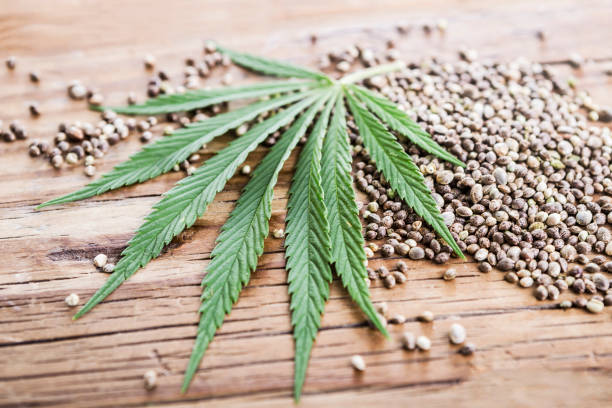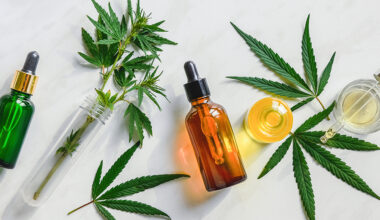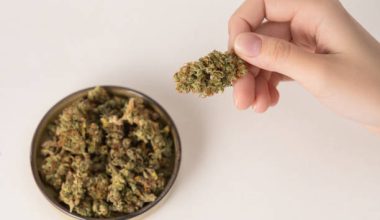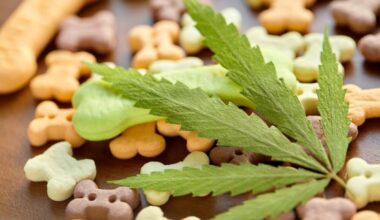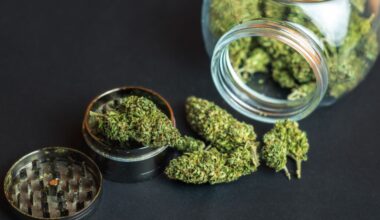Cultivating your own plants at home has become a rewarding practice for many who value self-sufficiency and quality control. Learning about growing marijuana seeds is a journey that requires patience, care, and an eagerness to understand the full life cycle of the plant. Each stage brings its own challenges and satisfactions, from germination to harvest. For beginners and experienced growers alike, TC Services provides expert resources and professional guidance that make the process more efficient and less overwhelming.
Choosing the Right Environment
The first step toward success is determining whether to grow indoors or outdoors. Indoor cultivation gives growers the ability to control temperature, light cycles, and humidity levels. This control often results in more consistent yields, but it does require an investment in equipment such as grow lights, fans, and ventilation systems. Outdoor growing relies on natural sunlight and can be less expensive, but it exposes the plants to unpredictable weather and pests. Whichever environment is chosen, careful preparation ensures a stable foundation for growth, and TC Services can provide valuable advice on optimizing the setup.
Selecting Quality Seeds
Not all seeds are created equal, and making the right choice early on is one of the most important decisions for anyone interested in Esrar tohumu büyütme. Some strains are more resistant to pests and mold, making them easier for beginners. Others may produce higher yields but require more attention and expertise. Seed banks and trusted providers can help growers find strains that suit their space, climate, and personal preferences. Investing in high-quality seeds increases the chances of a successful harvest and reduces frustration during the process.
Germination and Early Growth
Once seeds are selected, germination is the first active step in cultivation. Many growers use the paper towel method, which involves keeping seeds in a moist and warm environment until they sprout. Others prefer starting directly in soil or using starter cubes. The early growth stage requires a delicate balance of moisture, warmth, and light. This stage sets the tone for the rest of the plant’s life cycle, so paying attention to details is crucial. TC Services often emphasizes the importance of creating a nurturing environment to avoid common mistakes such as overwatering.
Soil and Nutrient Support
Healthy roots are the key to strong plants. A well-draining soil mixed with organic matter ensures that roots receive both oxygen and nutrients. Essential macronutrients include nitrogen for leafy growth, phosphorus for root and flower development, and potassium for overall resilience. Calcium and magnesium also play supporting roles in plant health. Regular testing of soil pH helps prevent nutrient lockout, which can occur if levels are unbalanced. With consistent care, growers can encourage robust growth throughout every stage.
Lighting and Growth Cycles
Indoor growers must replicate the natural rhythms of sunlight with artificial lighting. During the vegetative stage, plants thrive under 18 hours of light per day, which promotes leafy growth. The switch to a 12-hour light cycle signals the plant to begin flowering. LEDs are often chosen for their energy efficiency and ability to cover the full spectrum of light. Proper positioning prevents burning or uneven growth, while timers make it easier to maintain consistency. Understanding how light influences growth is one of the most valuable lessons in cultivation.
Watering and Climate Management
Water is life for any plant, but balance is key. Overwatering can suffocate roots and lead to disease, while underwatering weakens the plant and limits potential yields. Growers should monitor soil moisture carefully and adjust watering based on plant size, stage of development, and environmental conditions. Temperature and humidity levels also require close attention. A slightly warmer environment during the day and a cooler temperature at night supports natural growth patterns. Fans and ventilation systems improve air circulation and prevent mold or mildew from forming.
Protecting Plants from Threats
One of the most frustrating challenges in growing marijuana seeds is dealing with pests and diseases. Common issues include spider mites, whiteflies, and powdery mildew. Preventive strategies often work best, such as keeping the growing area clean and checking plants regularly for early signs of trouble. Natural remedies, such as neem oil or beneficial insects, can be effective alternatives to chemical solutions. provides detailed resources on integrated pest management to help growers keep their plants safe without compromising quality.
Harvesting and Curing
The final stage of cultivation is harvest, and timing is everything. Trichomes, the tiny resin glands on the buds, change color as the plant matures and are often used as indicators for harvest readiness. Cutting too early results in lower potency, while waiting too long may diminish flavor and effects. After harvest, drying and curing are essential steps. Hanging branches in a dark, ventilated space allows moisture to evaporate slowly, preserving flavor and aroma. Curing in sealed jars for several weeks improves the overall quality and ensures a smoother experience.
FAQs
How long does it take to complete the process of growing marijuana seeds?
On average, the process can take three to five months depending on the strain, growing method, and environment.
What type of soil is best for cultivation?
Well-aerated soil with organic matter and proper drainage works best. Mixing in compost and perlite can enhance structure and fertility.
Can plants grow without specialized equipment?
Yes they can, especially outdoors, but using proper lighting and ventilation indoors improves both yield and quality.
What is the biggest mistake new growers make?
Overwatering and neglecting to monitor environmental conditions are common mistakes that hinder healthy growth.
Conclusion
Cultivating cannabis from seed to harvest is both a science and an art. Success requires knowledge, consistency, and attention to detail across every stage of the process. Choosing quality seeds, creating the right environment, and understanding the plant’s needs are all essential steps for a rewarding harvest. With the support and expertise of, growers can confidently navigate challenges and maximize results. Whether for personal use or simply as a fulfilling hobby, learning about growing marijuana seeds can be an enriching experience that provides lasting benefits.
Author Bio
This article was written by Selim Kaya, a passionate writer with a focus on plant cultivation and sustainable growth methods. With expertise in Tohumsuz, Selim shares insights and trusted resources to help readers achieve success. For more guidance and expert tips, visit the website to learn more.
Medical Disclaimer:
The information provided in these blog posts is intended for general informational and educational purposes only. It is not a substitute for professional medical advice, diagnosis, or treatment. Always seek the advice of your physician or other qualified healthcare provider with any questions you may have regarding a medical condition. The use of any information provided in these blog posts is solely at your own risk. The authors and the website do not recommend or endorse any specific products, treatments, or procedures mentioned. Reliance on any information in these blog posts is solely at your own discretion.

